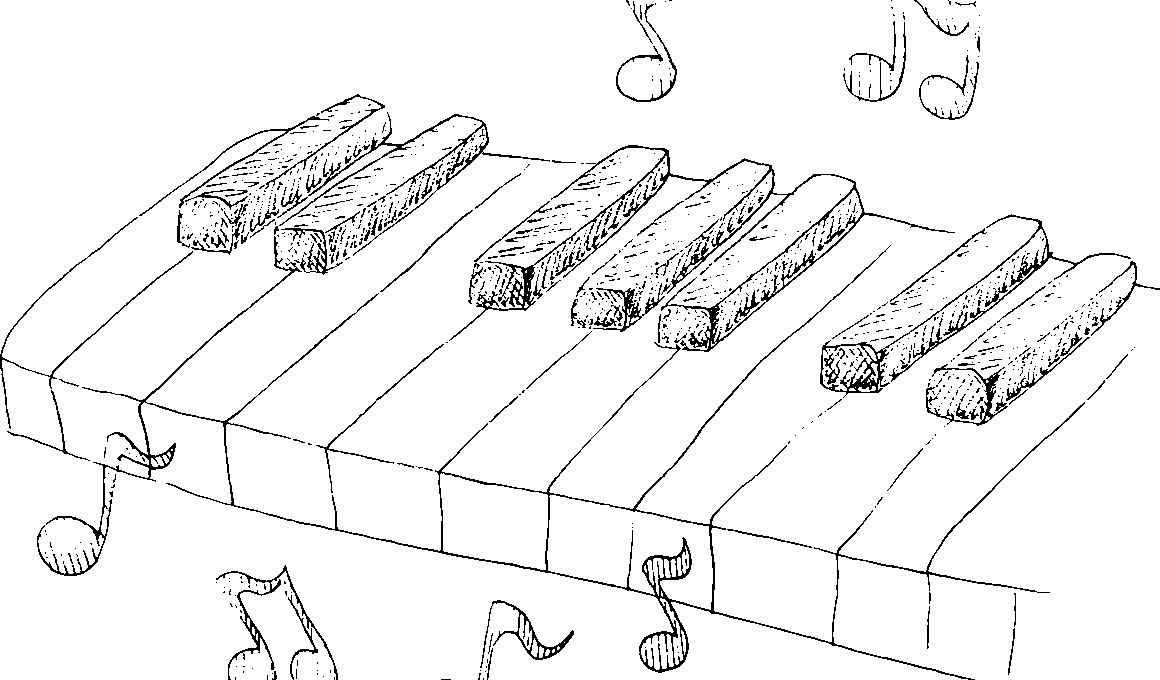Guided Music Therapy for Pain Management in Physical Training
In the context of pain management, guided music therapy offers a unique and engaging approach to enhance the overall effectiveness of physical training. It integrates auditory stimulation with therapeutic techniques aimed at alleviating physical discomfort and emotional distress. This method emphasizes the utilization of music as a healing tool, influencing both mental and physical aspects of pain. Engaging with music can evoke positive emotions, which are beneficial when facing physical challenges. Music therapy encourages relaxation and promotes the release of endorphins, aiding individuals in their recovery process. Recent studies have indicated that participants using music therapy during rehabilitation experience reduced pain perception compared to traditional methods. The structured nature of guided sessions ensures that individuals can effectively associate music with positive outcomes in their physical routine. Additionally, the rhythm and tempo of the selected music can facilitate better movement coordination, enhancing exercise efficiency. By integrating guided music therapy, trainers can address both physical and psychological components of pain, creating a balanced approach to fitness and recovery. Ultimately, guided music therapy develops a deeper mind-body connection essential for effective pain management in physical training.
Music’s impact on human emotions is profound, profoundly influencing the mind-body connection essential in pain management. The immersive experience of listening to carefully selected music helps individuals and enhances their emotional well-being, creating a conducive environment for rehabilitation. Guided music therapy integrates verbal guidance with structured musical experiences, fostering a safe space for expression and healing. Patients learn techniques to manage their pain through personalized musical selections tailored to their emotional and physical needs. This aspect allows each session to resonate with individual experiences, making the therapy uniquely effective. The presence of trained music therapists provides necessary support, ensuring participants engage meaningfully during sessions. Such involvement fosters collaboration, encouraging individuals to openly express their feelings and experiences related to pain. One of the critical components is the use of live music, which can be adjusted based on participant responses and emotional states. Moreover, adapting music selections to cater to various moods maximizes therapeutic outcomes. With a variety of genres available, therapists can cater to diverse preferences, enhancing engagement and satisfaction with the treatment process. This adaptability makes guided music therapy a versatile option for pain management.
Participants often report profound transformations through the integration of guided music therapy in their training regimen. By utilizing music, individuals can find motivation and encouragement when facing strenuous exercises and recovery challenges. Studies have shown that music heightens physical performance, resulting in improved endurance and reduced feelings of fatigue. This enhancement occurs because music stimulates various brain regions, promoting neurochemical changes that enhance physical and emotional responses. Pain perception can often reduce when patients associate their struggles with music that evokes resilience and positivity. Integrating music into regular physical training can also help individuals establish a routine, crucial for long-term success. Engaging in familiar melodies during workouts fosters a sense of comfort, making exercise feel less daunting and more enjoyable. Interested individuals may consult with certified music therapists to explore suitable approaches for their unique needs. During these sessions, participants often report a stronger connection to their bodies, allowing them to push through barriers they previously thought insurmountable. Altogether, this creates a supportive cycle of progress, underscoring the effectiveness of guided music therapy as an innovative solution for pain management.
Benefits of Music Therapy in Pain Management
Numerous benefits arise from incorporating guided music therapy into pain management strategies for physical training. One significant advantage is its ability to foster relaxation, which reduces muscle tension, leading to decreased pain levels. Music’s soothing properties assist in facilitating deeper breathing and lower heart rates, contributing to a more serene physical state. Concurrently, this approach aids in reducing anxiety and stress commonly associated with physical rehabilitation. Through controlled musical interventions, patients can learn to connect their emotional states with their physical conditions, enabling them to develop coping strategies. Music also serves as a non-invasive alternative, appealing to those hesitant about traditional pain management methods such as medication or invasive procedures. Implementing music therapy into routine training can also uplift mood and foster engagement, translating to better adherence to rehabilitation programs. Participants who enjoy music therapy often express heightened motivation, resulting in improved commitment to their physical training. Moreover, the principles of guided music therapy can lead to improved social connections, as shared musical experiences strengthen relationships among participants during group sessions. Therefore, music therapy emerges as an appealing choice for enhancing pain management strategies.
Guided music therapy protocols include various elements tailored to address diverse pain management needs. These protocols often commence with an initial assessment, allowing therapists to gauge emotional and physical conditions effectively. Afterward, therapists create individualized plans incorporating musical choices that resonate with the participants. Endorphin release plays a critical role in facilitating healing, and music encourages this biological response, working effectively during exercises. Active engagement in music listening, rhythm exercises, and vocalizations can be involved in these sessions. Active participation enhances the therapeutic benefits by fostering focus and involvement, allowing individuals to feel empowered throughout their recovery process. Moreover, therapists may introduce mindfulness meditation techniques during musical experiences, helping patients develop robust tools for addressing pain-related challenges. This holistic approach ensures that guided music therapy sessions go beyond mere auditory experiences; they promote the formation of coping mechanisms that individuals can apply in their training routines. Continuous evaluations throughout therapy ensure effectiveness while modifying music selections to cater to participants’ evolving needs. By prioritizing adaptability and individualization, therapists maximize the impact of guided music therapy on pain management.
Research Findings on Music Therapy Effectiveness
Research consistently highlights the effectiveness of guided music therapy for pain management in physical training settings. Numerous studies indicate significant reductions in pain perception among participants engaging in music therapy sessions. For instance, a meta-analysis revealed that individuals receiving music therapy reported lower pain scores than those receiving standard care alone. Additionally, findings suggest that group therapy sessions enhance social support among participants, further amplifying the positive outcomes on psychological well-being. The social interaction experienced during group music therapy sessions contributes to feelings of camaraderie and shared experience, which are invaluable during physical rehabilitation. Neuroimaging studies indicate that music activates multiple pathways in the brain associated with emotion regulation and pain perception. This multifaceted engagement not only lower pain levels but also promotes resilience—a critical factor in the recovery process. Furthermore, prolonged engagement in music therapy continues to exhibit positive effects, revealing that benefits endure beyond immediate sessions. Continued participation enables individuals to refine their coping strategies, equipping them with additional tools for managing pain in daily life. As evidence mounts, the integration of music therapy in treatment plans becomes increasingly plausible, offering lasting benefits for therapeutic outcomes.
Guided music therapy continues to evolve, showcasing its adaptability across various contexts in pain management. Its integration into rehabilitation programs is a testament to its effectiveness, appealing to diverse patient populations seeking alternative methods to cope with pain. As healthcare providers and therapists further recognize the importance of a holistic approach, music therapy presents an innovative intervention that aligns with contemporary wellness philosophies. The adaptability of guided music therapy makes it suitable not only for acute pain management but also for chronic pain conditions. Additionally, its potential to be utilized in settings such as physical therapy clinics, hospitals, and home care environments positions it as an accessible tool for many individuals. The potential application of technology in guided music therapy, such as apps and virtual sessions, presents new opportunities for engagement, increasing reach and participant accessibility. As ongoing research continues to explore its therapeutic efficacy, the aim remains to standardize best practices for optimal integration into clinical settings. With its ability to alleviate pain and foster healing through multiple pathways, guided music therapy positions itself as a revolutionary component in fostering improved health outcomes in physical training.
In conclusion, guided music therapy serves as an innovative solution for pain management within physical training. Integrating this approach encourages a profound exploration of the mind-body connection, enabling individuals to manage their pain actively. By enhancing therapeutic engagement through music, individuals can experience benefits that extend beyond simple pain relief. Increased motivation, emotional resilience, and enhanced social interactions contribute to a rounded recovery experience. This method’s versatility allows it to cater to individual needs, making it an appealing option for those seeking alternative pain management strategies. As awareness of the therapeutic potential of music grows, the importance of further research and practice integration becomes paramount. Collaborating with music therapists ensures that treatment plans remain effective and tailored to unique recovery journeys. The willingness of healthcare professionals to embrace innovative methods signifies a shift towards holistic health practices. By harnessing the power of music, guided therapy can reshape perceptions of pain management, ultimately leading to better health outcomes. As this approach gains traction, it invites a transformative journey into wellness for patients engaged in physical training. Moving forward, practitioners must continue to advocate for the inclusion of music therapy in physical rehabilitation and pain management.


